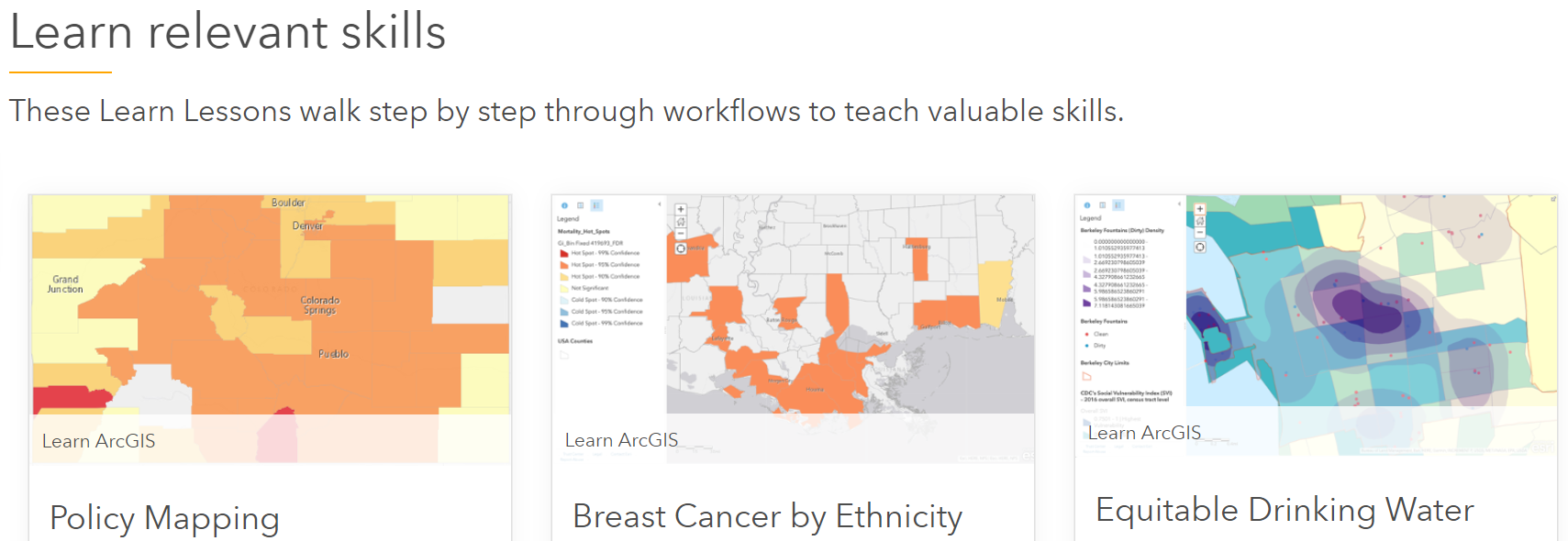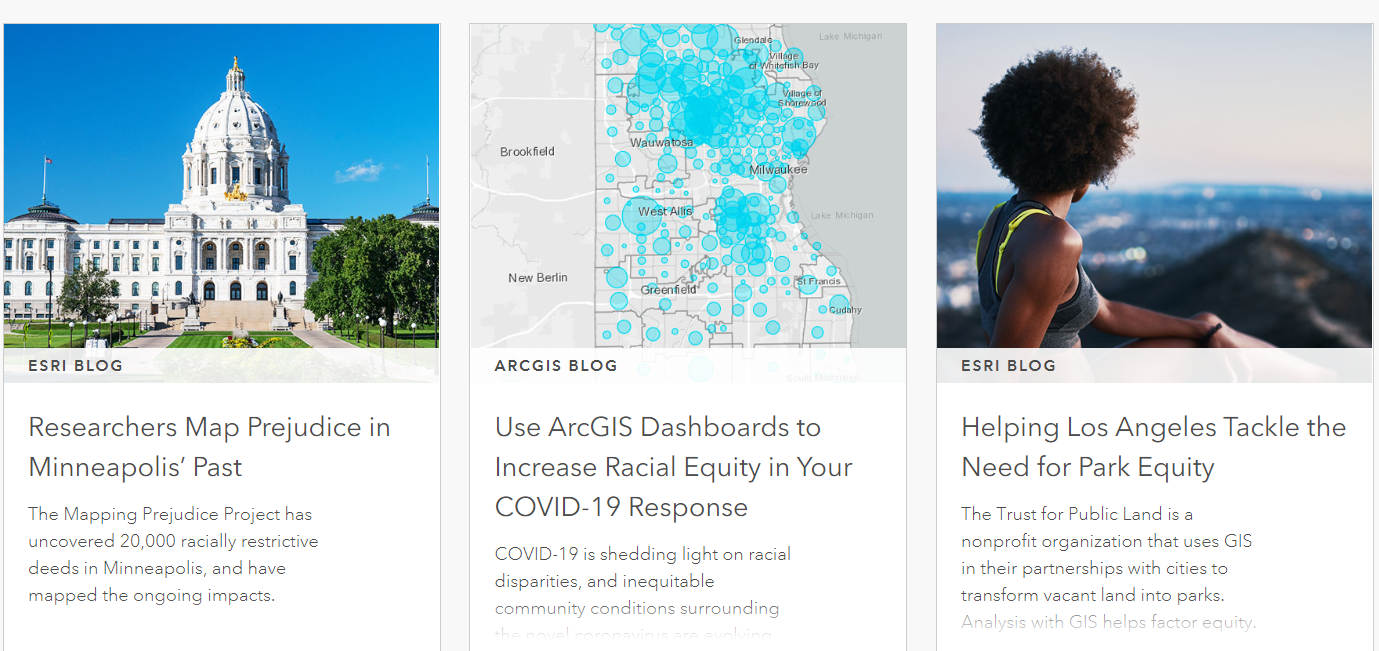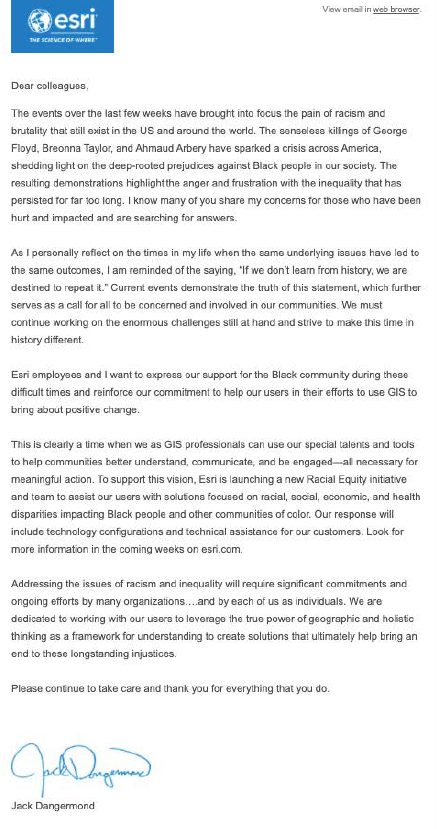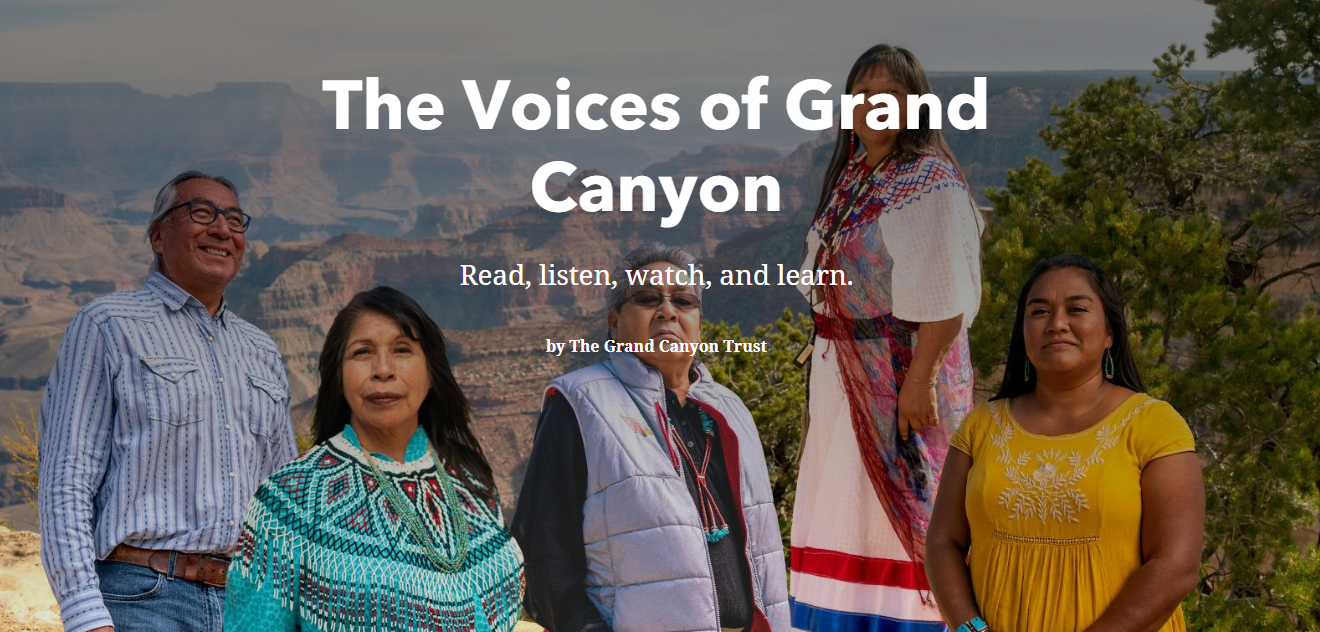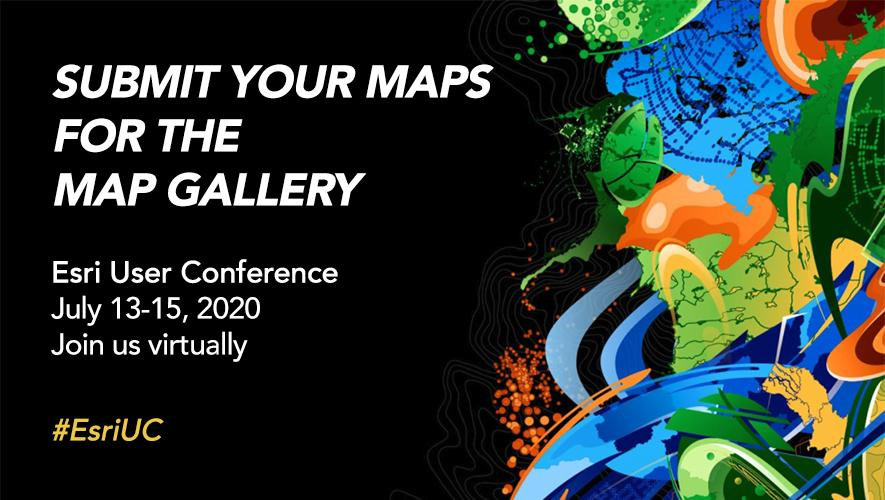Turn on suggestions
Auto-suggest helps you quickly narrow down your search results by suggesting possible matches as you type.
Cancel
GIS Equity & Social Justice Blog
Turn on suggestions
Auto-suggest helps you quickly narrow down your search results by suggesting possible matches as you type.
- Home
- :
- All Communities
- :
- Networks
- :
- GIS Equity & Social Justice
- :
- Equity & Social Justice Blog
Options
- Mark all as New
- Mark all as Read
- Float this item to the top
- Subscribe to This Board
- Bookmark
- Subscribe to RSS Feed
Subscribe to This Board
Latest Activity
(10 Posts)by
Anonymous User
Not applicable
06-12-2020
02:27 PM
0
0
956
74 Subscribers
Popular Articles
New Racial Equity Initiative at Esri
MargotBordne
Esri Contributor
6 Kudos
0 Comments
New Esri Racial Equity Website and GIS Resource Hub
MargotBordne
Esri Contributor
5 Kudos
0 Comments
GIS-Ready Historical Redlining Data Now Available
MargotBordne
Esri Contributor
4 Kudos
1 Comments


